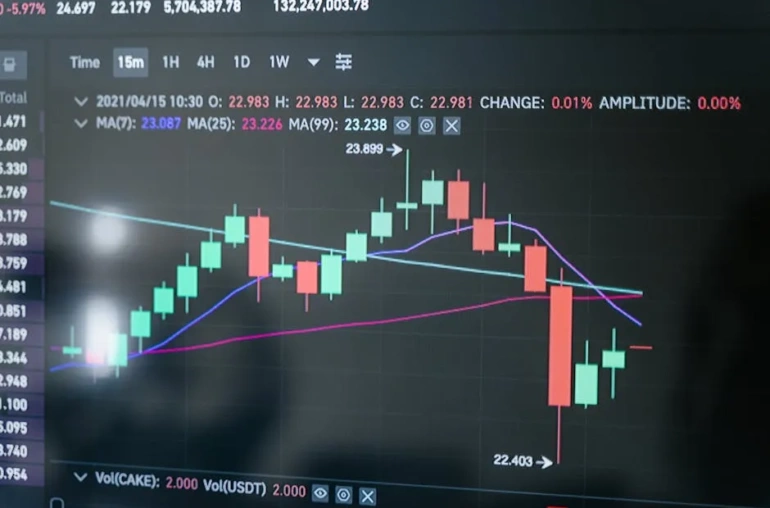
The Rise of L1 Blockchains: Corporate Giants and the New Strategic Landscape
As the blockchain ecosystem continues to evolve, one of the most significant shifts in the industry is the emergence of Layer 1 (L1) blockchains. These foundational networks are no longer just neutral platforms for decentralized applications; they are increasingly becoming strategic assets for corporate giants. This article explores how major players are leveraging L1 blockchains to create competitive advantages and what this means for the future of blockchain technology.
Understanding Layer 1 Blockchains
Layer 1 blockchains refer to the base layer of blockchain technology, where transactions and operations occur directly on the blockchain itself. This contrasts with Layer 2 solutions, which are built on top of existing blockchains to enhance their scalability and efficiency. L1 blockchains, such as Ethereum, Bitcoin, and newer entrants, provide the fundamental architecture upon which decentralized applications (dApps) can be built.
A Shift from Neutral Infrastructure to Strategic Moats
Historically, blockchain technology was embraced for its promise of decentralization and neutrality. However, as corporate giants recognize the potential of L1 blockchains, there is a noticeable shift. Companies are now investing heavily in developing their own L1 solutions, transforming these networks into strategic moats rather than neutral infrastructures. This evolution raises several questions about the future of blockchain’s decentralized ethos.
Regulatory Advantages and Corporate Interests
One of the driving forces behind this trend is the regulatory landscape. Companies building their own L1s can tailor their networks to comply with specific regulations, giving them a significant edge over competitors that rely on public blockchains. These strategic advantages allow corporations to not only control their operational frameworks but also to mitigate risks associated with regulatory scrutiny.
The Competitive Landscape
As more corporations enter the L1 arena, the playing field is becoming increasingly uneven. Established players with substantial resources can create robust and compliant L1 blockchains, while smaller organizations may struggle to keep pace. This disparity could lead to a scenario where a few dominant L1 networks emerge, further consolidating power in the hands of a few major corporations.
Implications for the Future
The rise of corporate-backed L1 blockchains signifies a pivotal moment for the industry. While it could lead to greater innovation and efficiency, there are concerns about the erosion of the decentralized principles that initially attracted many to blockchain technology. As these corporate giants fortify their positions, the question remains: will the future of blockchain be defined by collaboration and decentralization, or will it be dominated by a handful of powerful entities?
Conclusion
In conclusion, the growing trend of corporations building proprietary L1 blockchains marks a profound shift in the blockchain landscape. As these strategic moats emerge, the implications for decentralization, competition, and regulation will be significant. Stakeholders must navigate this complex environment thoughtfully, balancing innovation with the core values that have driven the success of blockchain technology thus far.



